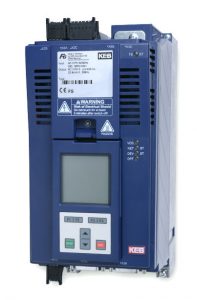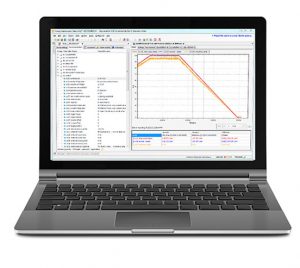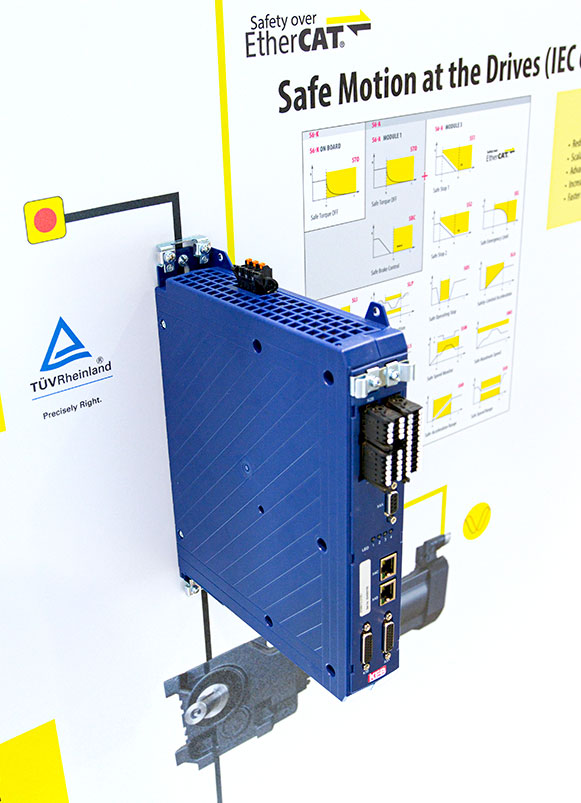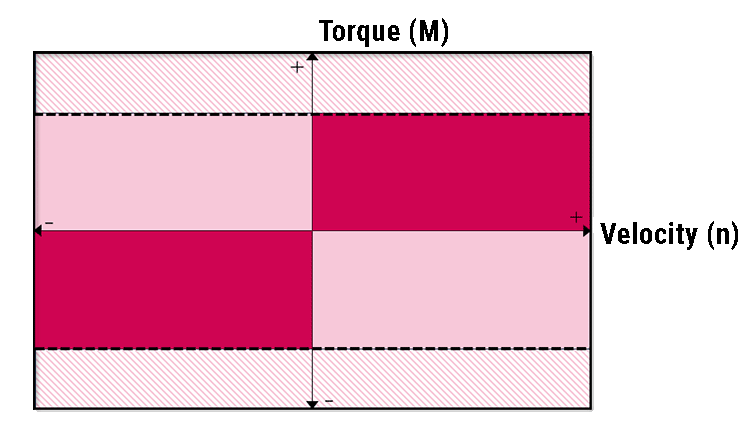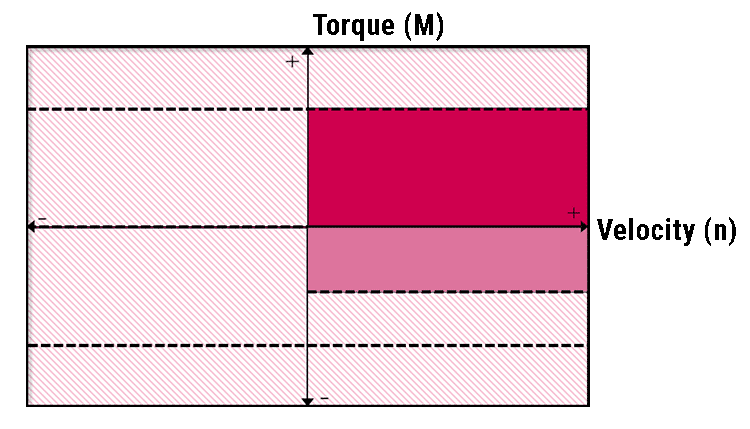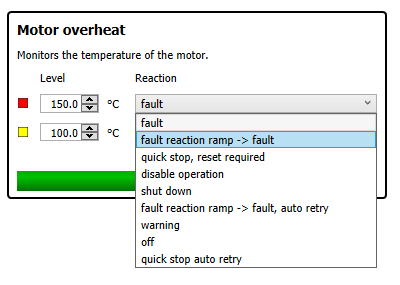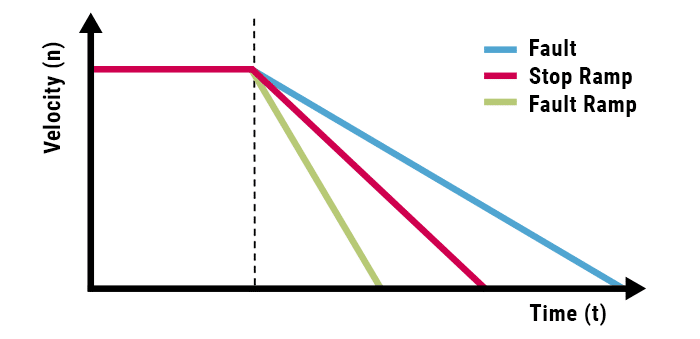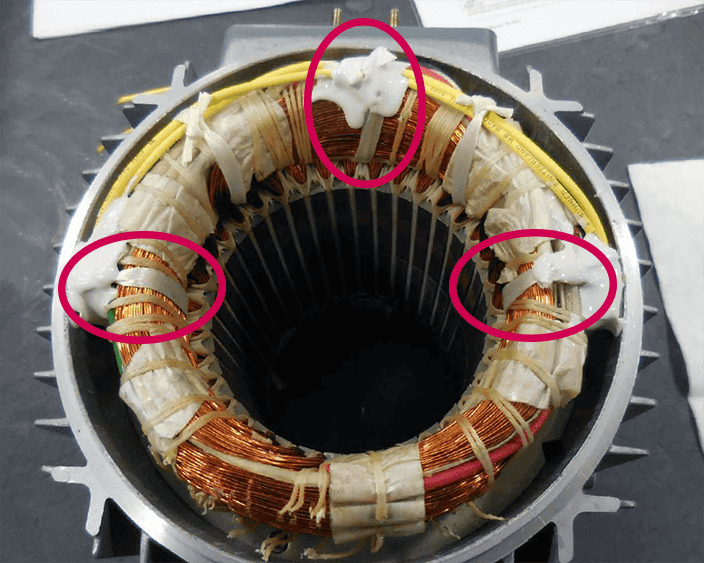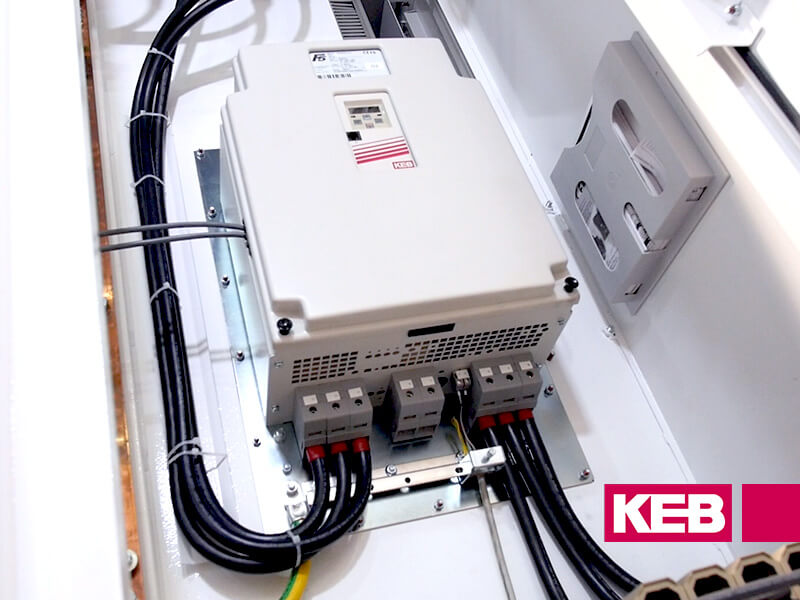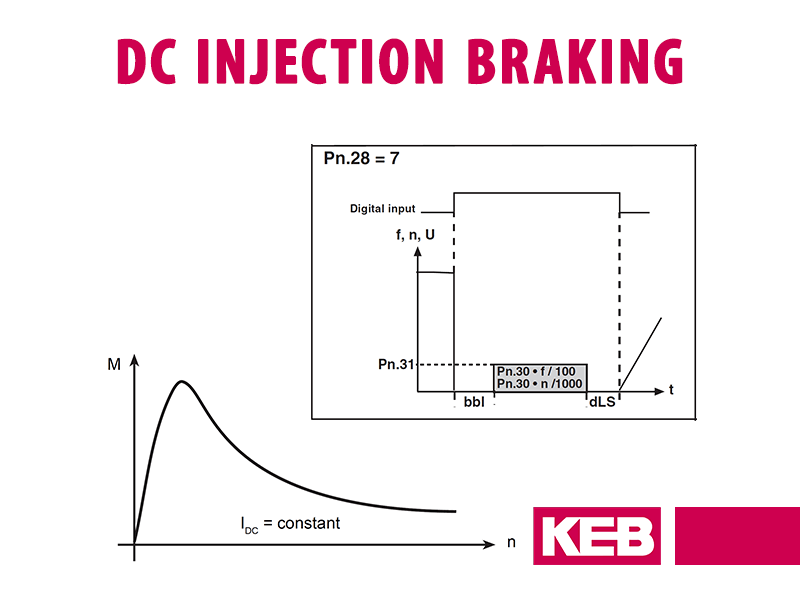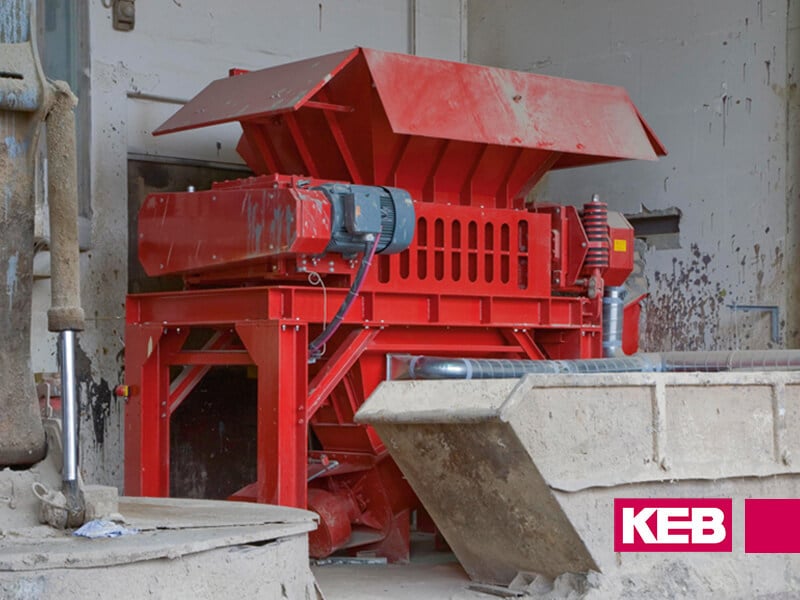VFD Protection Functions Introductory Guide
Three-phase motors are the workhorse of industrial machinery, tasked with transforming electrical power into the mechanical torque that drives essential equipment across diverse industries. While electric motors boast versatility, they lack inherent intelligence. Without proper control, they risk overheating or overloading, potentially causing harm to both themselves and the machinery they power. For this reason, Variable Frequency Drives (VFDs) help protect the motors and the machinery they power.
This article explores various protection features typically provided by VFDs and underscores KEB’s distinctive capability to tailor fault reactions for optimum safety and performance.
Essential VFD Protection Functions
Don’t Burn Up the Motor – Motor Temperature Detection
When motors face heavy loads, the large amount of current flowing through the windings generates significant heat. This buildup of heat can result in motor failure if not managed effectively. Many motors integrate temperature sensors directly into their windings to preemptively address these thermal issues, with popular variants including PTC, KTY, or PT1000. These sensors offer helpful temperature feedback to VFDs, enabling proactive monitoring of thermal conditions.
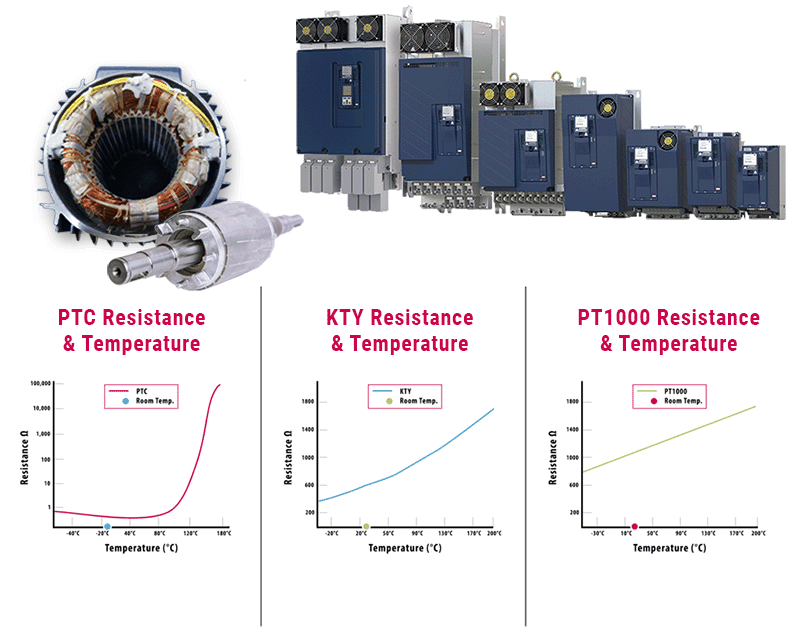
Many VFDs further streamline this system by incorporating integrated temperature sensor inputs, facilitating direct communication between the motor temperature sensor and the VFD. This integration ensures swift responses to temperature fluctuations, effectively mitigating the risk of motor failure due to overheating.
Don’t Break the Machine – Torque Limits
A motor’s primary function is to deliver torque, but using its full torque can potentially damage the machinery it powers. To prevent this, set an absolute torque limit in the VFD to ensure the motor operates within safe parameters. This is particularly useful in applications where the motor’s maximum torque is not required. Most VFDs offer configurable absolute torque limits in the speed or position control loop, proactively preventing mechanical damage.
In addition to setting absolute torque limits, directional torque limits can be established to provide additional control over torque, particularly in situations where specific directions pose greater risks.
For example, in applications susceptible to damage from backdriving, setting a zero torque limit in reverse can prevent the motor from operating in that direction. KEB’s VFDs enable users to set directional torque limits across all four operational quadrants, ensuring configurable and comprehensive protection.
Don’t Drop the Load – Phase Current Check
Many faults in VFDs often stem from wiring issues, like poor connections or shorts, which are challenging to identify without dismantling the machinery entirely. KEB’s VFDs feature a “phase current check” function designed to inspect each of the three phase motor cables.
In this process, the KEB VFD sends a test signal to the output to verify the presence of any phase failures. The test signal generates information about continuity and symmetry before applying rotational energy. If a wiring issue is detected, the VFD is prevented from releasing the brake or applying torque to the motor. This function prevents dangerous operations by detecting faulty connections and flags the wiring issue by triggering a fault condition.
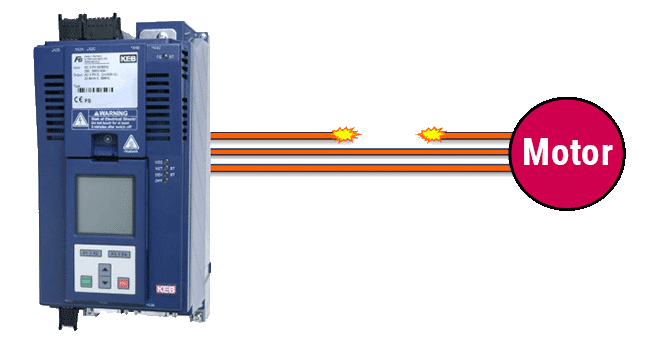
Don’t Blackout – Power-Off Function
Power events, such as outages or brownouts, pose significant risks to machinery, especially during operation, with even greater risks for high inertia or electronically geared applications. KEB’s VFDs incorporate a power-off function activated during mains failure to safeguard these applications. This function allows the VFD to use the energy from the decelerating load to charge its own DC bus. The stored energy will enable it to continue applying deceleration torque, maintaining control to bring the load to a stop safely before complete deactivation. This capability is beneficial for high inertia loads or electronically geared systems where allowing the motor to coast to a stop could be dangerous or lead to a complicated machine cleanup and reset.
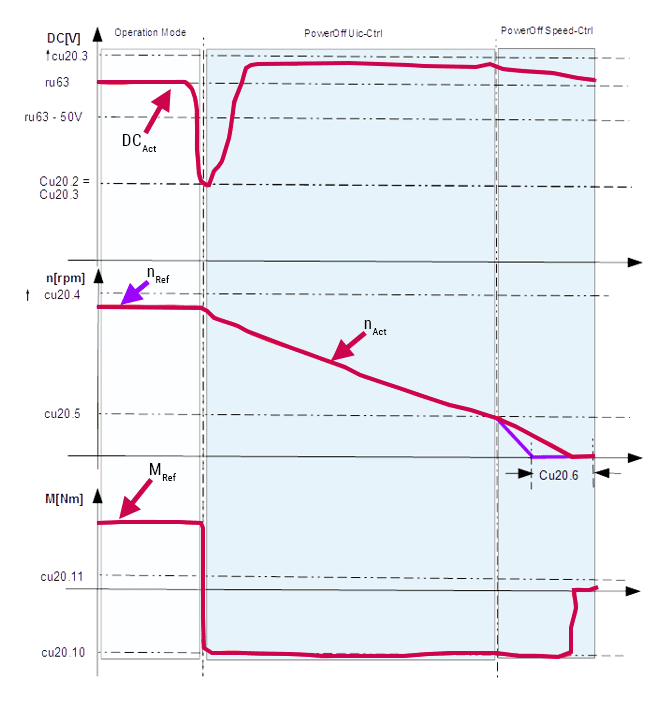
Bring in Your Own Protection – External Faults
Standard VFD protections are designed to cover general scenarios. However, certain application-specific risks require tailored solutions. KEB’s VFDs offer external programmable faults that enable users to define custom fault triggers based on specific machine requirements.
For instance, in a hydraulic pump application, the VFD could be programmed to stop if an external pressure sensor value exceeds a certain threshold. This helps to speed up reaction time by processing errors on-board the VFD.
Handling Faults
Shutting off the Engine – Fault Reaction
Just as important as protecting the motor against faults is how the VFD responds in the event of a fault. Typically, when an error or fault happens, the VFD immediately stops modulation, which is the rapid on/off switching of output voltage. This is similar to turning off the engine of a car and putting it into neutral, allowing the load to coast to a stop.
The time it takes to stop depends on factors such as inertia and friction. When the VFD faults out, it enters a “fault state.” During this state, the VFD cannot operate again until it receives a fault reset command. While this protects the machine, it can also be inconvenient in the event of nuisance trips or preventable faults.
Ramping Down – Configurable Fault Reactions
Sometimes, bringing the load to a stop more quickly than with the default fault reaction is beneficial. For example, in a high-inertia saw application, the saw blade could spin for a long time if the VFD faults out in the event of an error. In addition to the default fault reaction, KEB’s offers programmable fault reactions for situations where faulting out in the middle of a run isn’t preferred.
These programmable fault reactions can include a controlled deceleration ramp, allowing motors to come to a controlled stop before entering a fault state. KEB’s programmable fault reactions, including normal stop ramps and special fault ramps, enable tailored responses that align with specific operational needs. Each of these ramps can be easily adjusted to the application’s requirements.
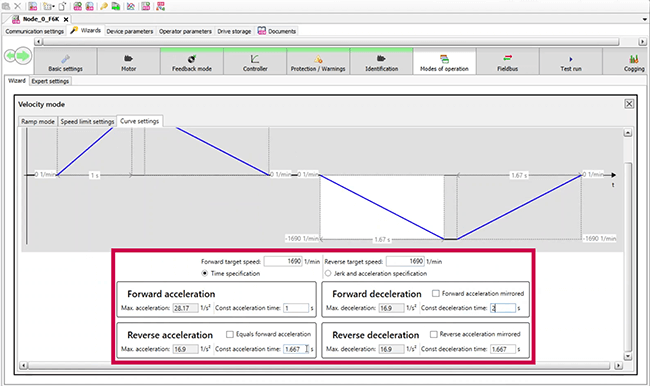
Better Yet, Controlled Response Instead of Faulting
KEB VFDs can detect preventable faults and provide warnings and fault protections. If there is a slow buildup of current or heat, causing overload or overheating faults, KEB drives can be programmed to detect the issue and alert the machine operator before it triggers a fault. By doing so, the machine can stop with a controlled response instead of entering a fault state, which saves the time that would typically be needed to reset the machine.
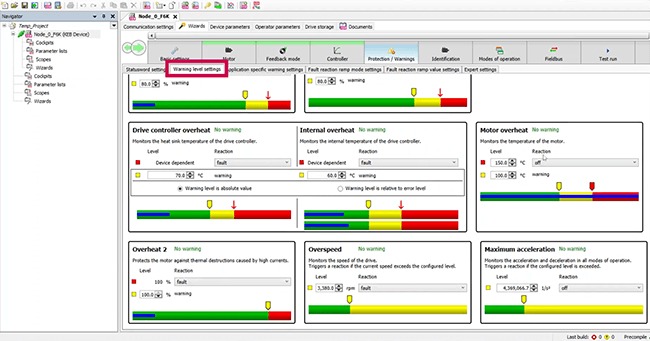
KEB’s VFD programming software, Combivis 6, makes it easy to set up these warnings. Warning thresholds are displayed in a graphical format and can be set up by simply clicking and dragging to where the desired threshold should be.
Conclusion
Variable frequency drives are essential in safeguarding the motors of industrial machinery by effectively navigating through constantly changing industrial environments. By utilizing some of the VFD protection functions and customizable fault reactions offered by KEB, industrial operators can safeguard their equipment, reduce downtime, and enhance operational efficiency. KEB’s VFDs enable manufacturers to maintain uninterrupted productivity and have peace of mind in their operations.
Let's Work Together
Connect with us today to learn more about our industrial automation solutions—and how to commission them for your application.

